What is the tolerance range of precision screws?
What is the tolerance range of precision screws?
Service Hotline
+86760-8787 8587We have more than ten years of experience in the production of screw industry, the main products are: disc nut bolts, non-standard parts, through-hole rivet nuts, complete sets of bolts and screws, anti-loosening screws, plastic nuts, precision rivets, head square Neck screws, O-type hanging nuts, flat head expansion bolts, claw-shaped butterfly bolts, 201 stainless steel flange nuts, plum blossom anti-theft screws, hexagonal head full-tooth screws, screw fasteners and other fasteners wholesale, due to product materials and specifications Different, the price is also different, if you need, please contact us.


The key connection is a typical mechanical connection, which is usually used to connect the parts on the shaft and to fix them circumferentially and realize torque transmission. Key connection can be divided into flat key connection, semicircular key connection, wedge key connection and tangential key connection, among which flat key connection is widely used in practical engineering because of its simple structure, good alignment and convenient manufacturing. During operation, torque is transmitted through the contact between the sides of the key and the sides of the shaft and hub grooves. In order to ensure the transmission accuracy, the flat key structure generally adopts the transition fit. Due to its structural characteristics and working conditions, it is difficult to use ordinary mechanical tools to lift and pull out during the maintenance process. If forcibly removed, the key and the mating shaft will be destroyed.
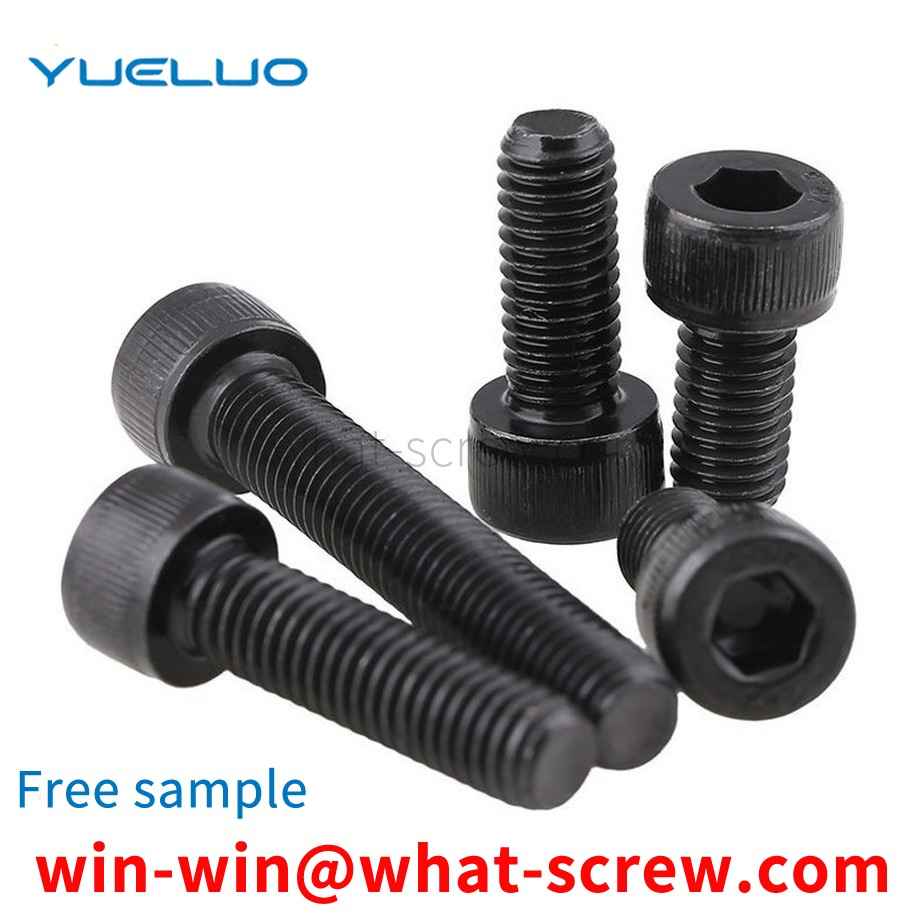
The produced screws, due to unreasonable production aspects, are likely to cause quality problems in the screws. During production, many screw quality problems may be found upon delivery. Let's talk about the quality problems often encountered by screws and the reasons for the quality problems, and finally put forward some solutions. 1. The head of the screw is deformed and the head is crooked. The possible reasons are the poor installation of the first punch of the screw die and the improper adjustment of the machine. 2. The head of the screw is not round. The reason is that the selection of the first punch of the screw mold is improper or the first punch is not full enough. 3. The screw has burrs or burrs. The reason is the poor forming of one punch, mainly caused by too large gap between punch and die hole or too short punch. 4. The screw head is cracked and the screw head is cracked. The reason may be that there is a problem with the quality of the screw wire itself, so before the screw wire is headed, the quality department must check it and use the potion. Especially the stainless steel screw wire, it is necessary to check that it is stainless steel 201 and that is stainless steel 304. It is also possible that a die is used incorrectly (such as a die with a hexagonal washer head for a pan head), and the viscosity of the lubricating oil fails. For the problem of the screw head, you can read the article written by Manager Zhu above - high-strength screw fracture or head crack detection. In this article, some problems encountered by the screw head and how to detect the screw head problem are clearly introduced [4]. The common quality reasons for screws are of course more than the above, this is only part of it. There are other quality issues, then Manager Zhu will talk about it. The above screw quality reasons are for reference. If you encounter these problems, you can try the solutions proposed.
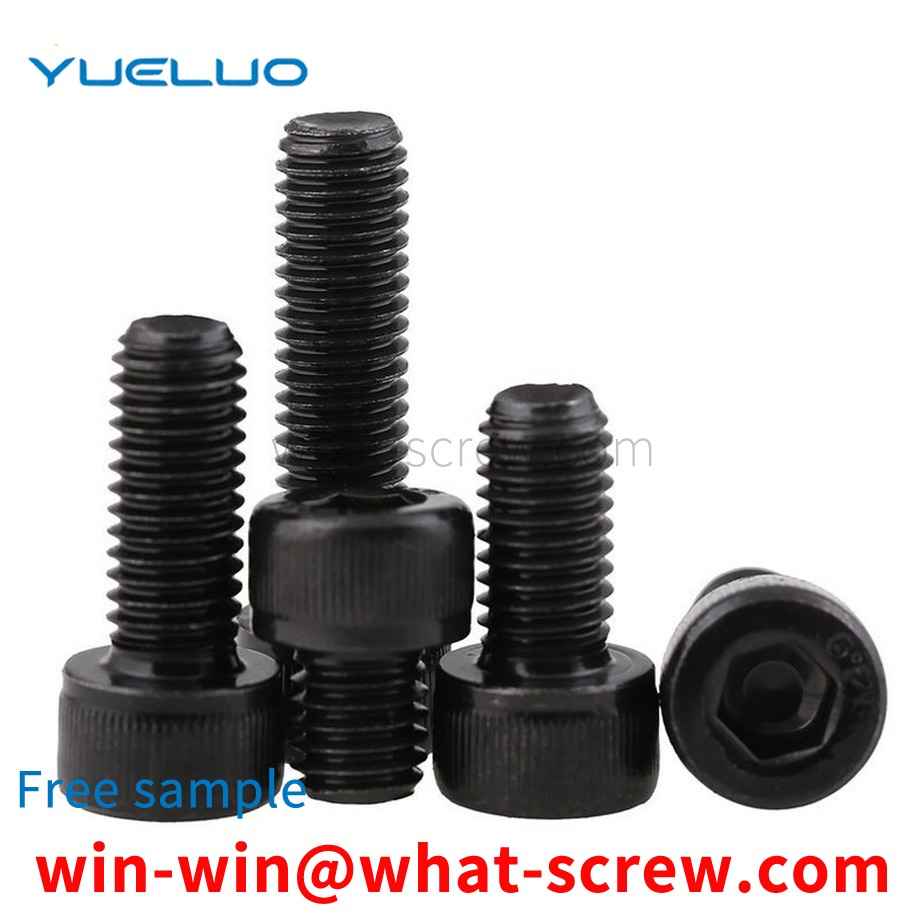
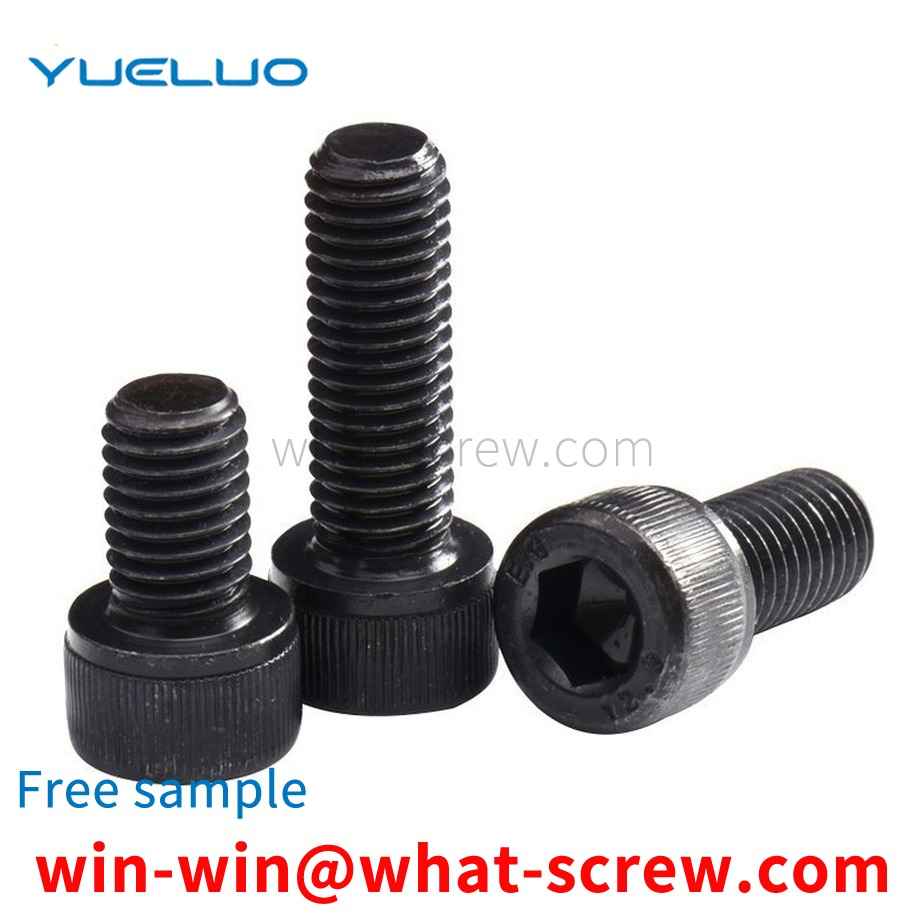
1. Correctly select the product a. Before use, confirm whether the mechanical properties of the product can meet the needs of use, such as the tensile strength of the screw and the guaranteed load of the nut. The length of the screw should be selected appropriately, and the 1-2 pitch of the nut will be exposed after tightening. b. Before use, check whether the threads are rough, and whether there is iron filings or dirt between the threads, which often lead to locking. c. The fasteners can be lubricated before use. It is recommended to use butter, molybdenum disulfide, mica, graphite or talc for lubrication. Generally, dipping wax is used for lubrication and anti-locking. [1] 2. Pay attention to the use method when using it. a. The speed and force of screwing in should be appropriate, not too fast or too large. Use a torque wrench or socket wrench as much as possible, and avoid using an adjustable wrench or an electric wrench. Excessive speed will cause the temperature to rise rapidly and cause lock-up. b. In the direction of force, the nut must be screwed in perpendicular to the axis of the screw. c. The use of washers can effectively prevent the problem of over-tightening.
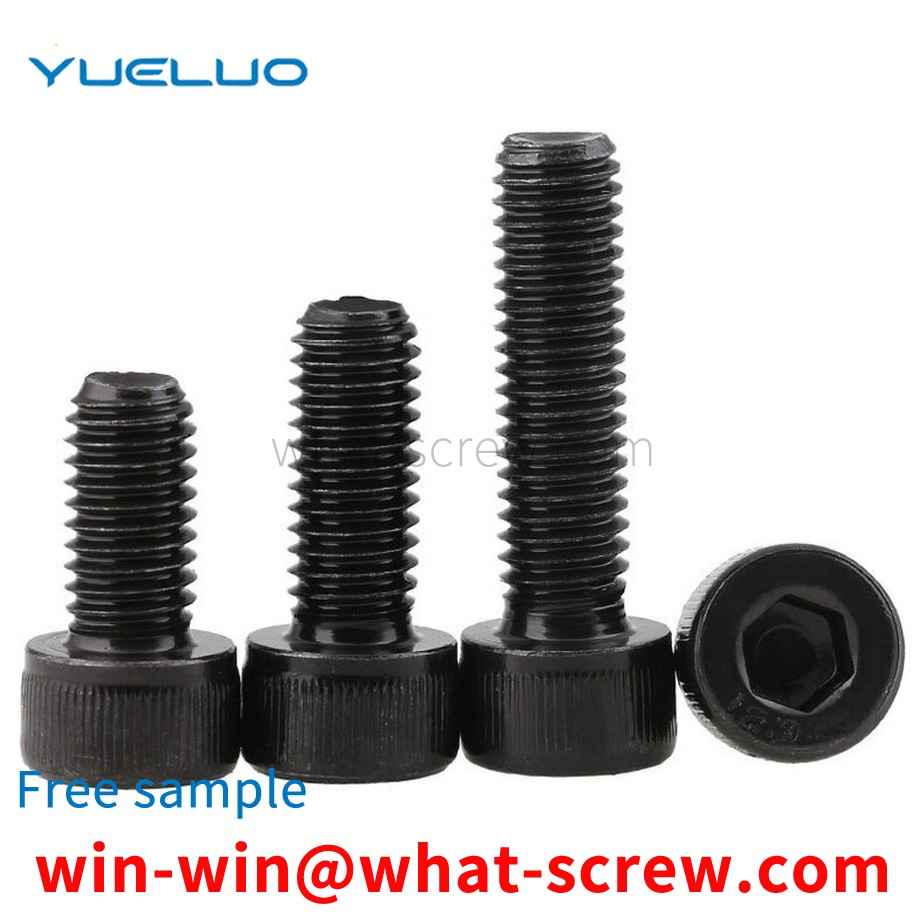
Hexagon head bolts are divided into two types: outer hexagon bolts and inner hexagon screws. According to the force mode of the connection, there are ordinary ones and those with reaming holes. The bolts used for reaming holes should be matched with the size of the holes and are used when receiving lateral force. According to the shape of the head, there are hexagonal head and round head. , square head, countersunk head, etc. Generally, the countersunk head is used in places where the surface is smooth and no protrusions are required after connection, because the countersunk head can be screwed into the part. The round head can also be screwed into the part. The tightening force of the square head can be Larger, but larger in size. Hexagons are the most commonly used. In addition, in order to meet the needs of locking after installation, there are holes in the head and holes in the rod. These holes can prevent the bolts from loosening when they are subjected to vibration.
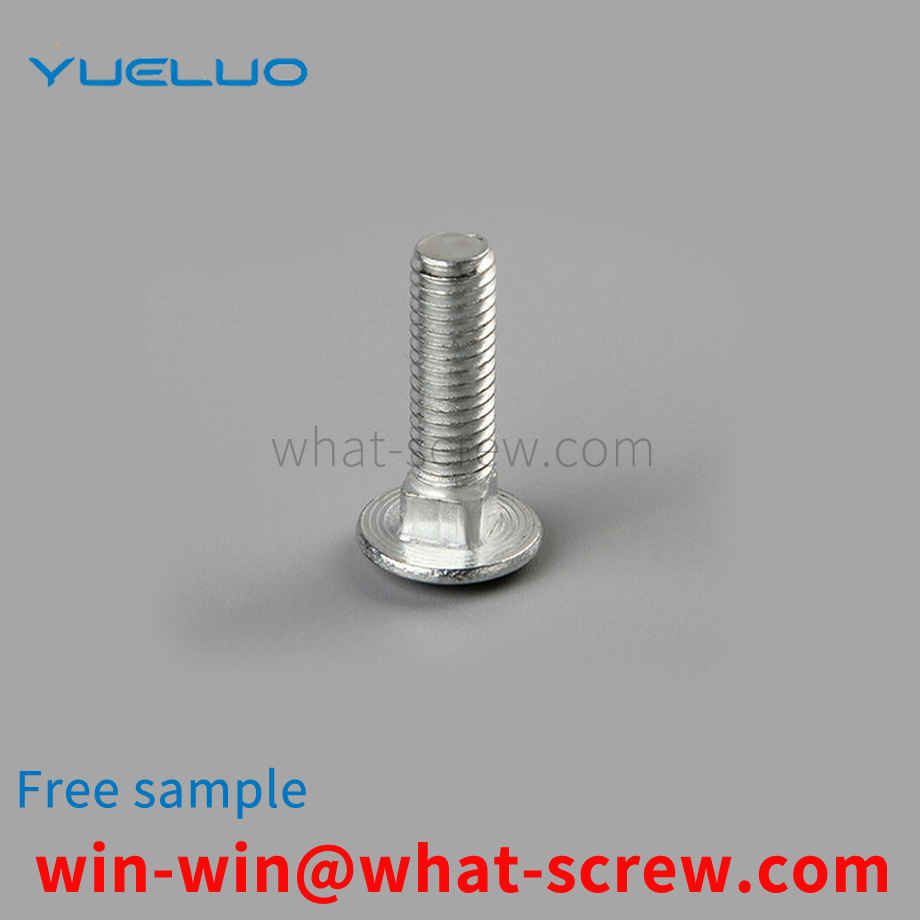
The above content is uploaded by Yueluo or the Internet. If there is any copyright issue, please contact [email protected].

What is the tolerance range of precision screws?

How to choose the right stainless steel screw manufacturer?

Why is there an R angle under the head of the hexagon head s...

We have more than ten years of production experience in the ...

We have more than ten years of experience in the production ...

We have more than ten years of experience in the production ...

We have more than ten years of experience in screw industry ...